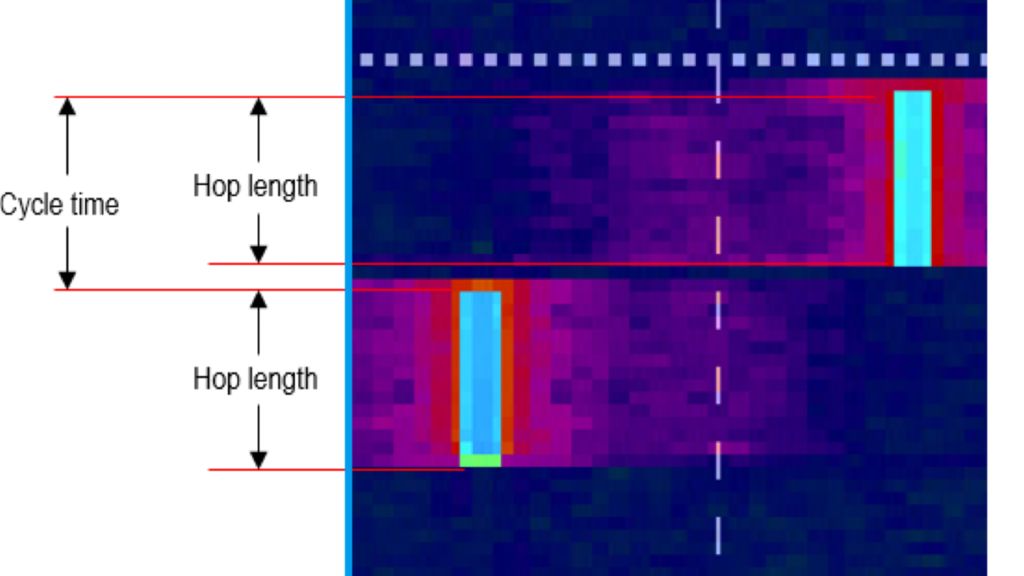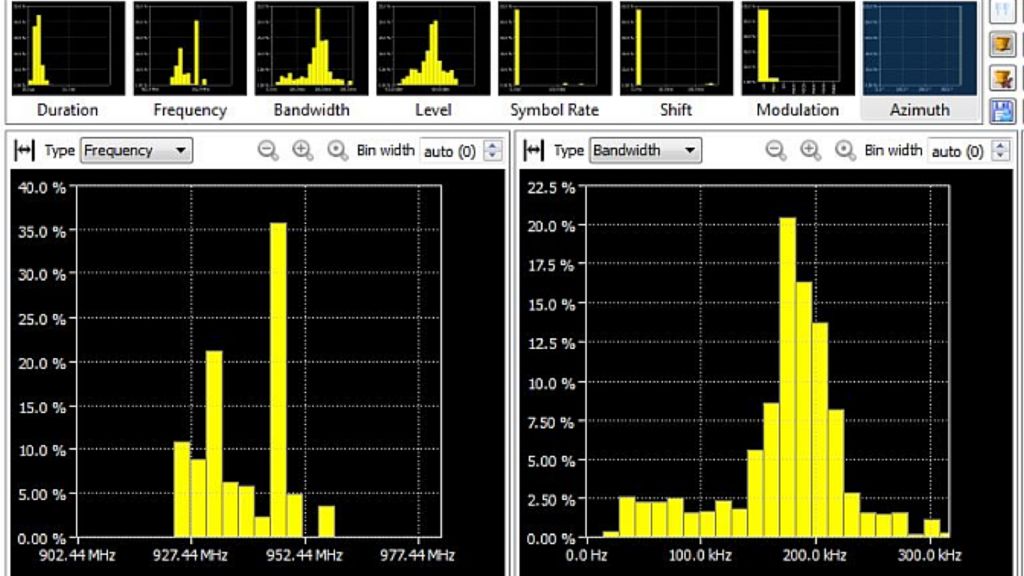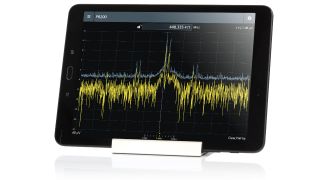What are frequency-agile short-time signals?
Frequency hopping is a process used by many transceivers to make interception more difficult and reduce the impact of frequency-specific interference. Typically, the carrier frequency changes after each burst/frame. This means the content of the baseband signal is spread across a bandwidth which is defined by the lowest and highest frequencies used.
Frequency hopping also known as frequency hopping spread spectrum (FHSS) is a method of transmitting radio signals by rapidly switching the carrier between different frequency channels. Switching occurs based on a pseudo-random sequence known to the transmitter and the receiver. FHSS is a wireless technology that spreads the signal over rapidly changing frequencies. Each frequency band is divided into sub-frequencies and the signal changes ("hops") rapidly between these in a pre-determined order. Hopping between different frequencies should reduce the interference of the signal. Interference will only affect the signal during short intervals.
Spread spectrum signals are highly resistant to deliberate jamming, unless the adversary has knowledge of the spreading characteristics. Military radios use cryptographic techniques to generate the channel sequence by implementing a secret transmission security key that the sender and receiver share in advance. By itself, frequency hopping provides only limited protection against eavesdropping and jamming. Most modern military frequency hopping radios also employ separate encryption devices.
Frequency hopping spread spectrum systems are very often used in the unregulated 2.4 GHz band in which many consumer devices have employed various spread spectrum modes. Some walkie-talkies that employ frequency hopping spread spectrum technology have been developed for unlicensed use on the 900 MHz band. Some of these radios are marketed under the name eXtreme Radio Service (eXRS). Despite the name's similarity to the FRS allocation, the system is a proprietary design. Different manufacturers have deployed a business-band, license-free digital radio that uses FHSS technology.


















